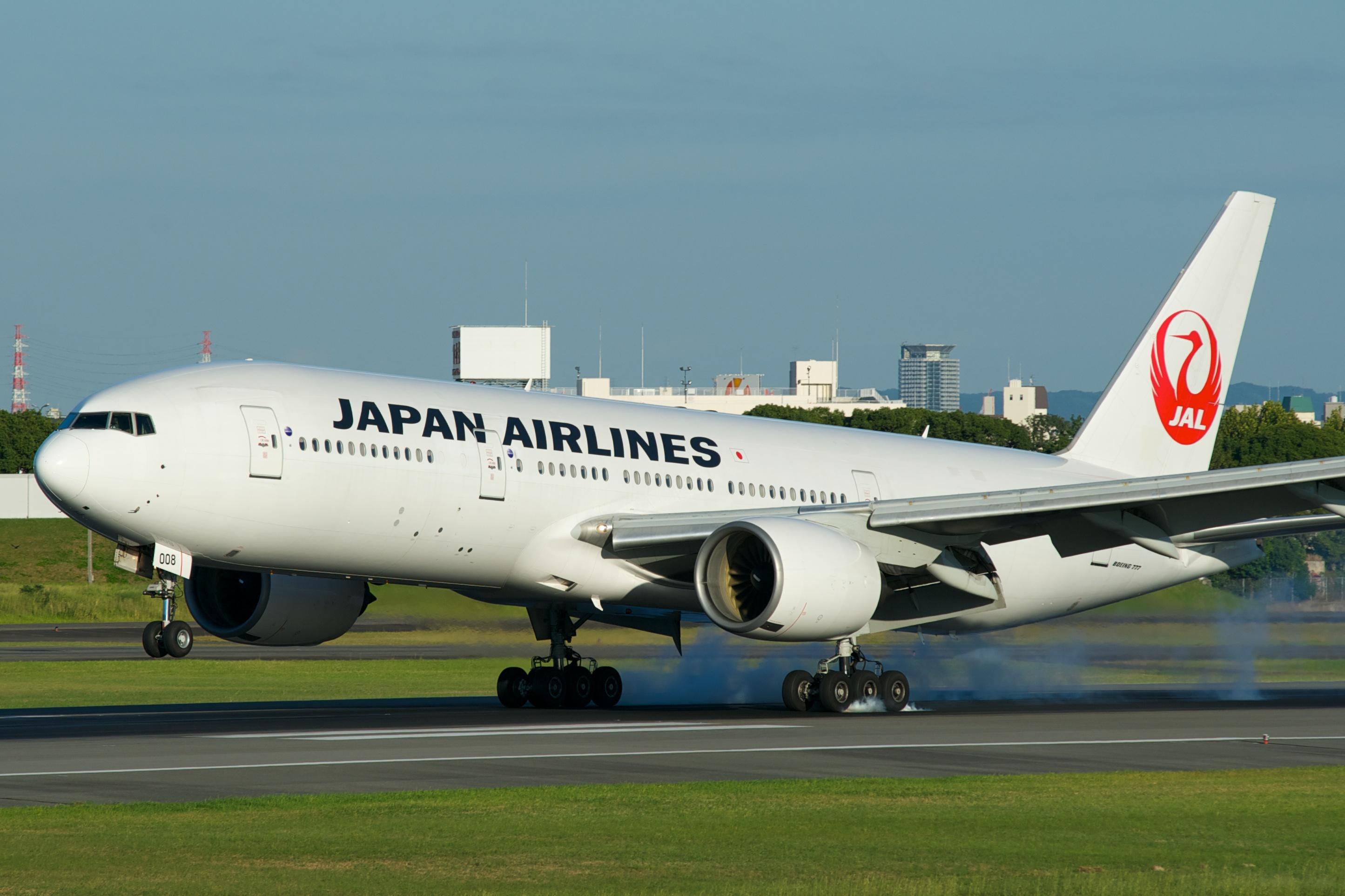Japan Airlines To Slash Boeing 777 Fleet, Citing COVID-19 Travel Shifts

Japan Airlines (JAL) plans to cut its widebody fleet by retiring many of its Boeing 777s, following a similar move announced recently by All Nippon Airways (ANA).
JAL’s decision to accelerate 777 retirements is part of adjustments to its business and fleet strategies in response to the COVID-19 crisis. The fleet moves anticipate predicted continued weakness in international travel and expected longer-term shifts in leisure and business demand.
The carrier said all 11 of its 777-200ERs will be phased out of the international fleet by the end of fiscal 2020, March 31, 2021. Six will be retired, and the other five will be transferred to the domestic fleet, a JAL spokesman told Aviation Daily. Some 787-8s will be transferred to JAL’s new international widebody Zipair LCC subsidiary.
These moves will shrink the international fleet through at least the end of fiscal 2022, with most of the cuts coming in the large twin-aisle category. JAL plans to continue to operate its 13 777-300ERs on international long-haul routes. The -300ERs eventually will be replaced by Airbus A350-1000s, but not for another 4-5 years.
In the domestic fleet, JAL intends to retire all 13 of the 777s used on routes within Japan by the end of fiscal 2022. These comprise nine 777-200s and four -300s, which are not the ER versions used on international routes. Five 737-800s will be returned to lessors by the first half of FY2022.
The domestic fleet total is expected to remain relatively flat through the end of fiscal 2022. Domestic retirements will be offset largely by aircraft transferred from international routes, and by the introduction of A350-900s.
While the international full-service fleet is shrinking, JAL intends to boost Zipair. The subsidiary began operations in 2020 and has two 787-8s. Zipair is aiming for “steady growth as demand recovers,” JAL said. Four more 787s will be transferred to its fleet, and further growth will be considered.
On Oct. 27, ANA revealed its own plans to retire 35 aircraft by the end of fiscal 2020, including 22 Boeing 777s. There will still be 13 additions in fiscal 2020, so the full-service fleet will decrease by 22 aircraft to 243 by the end of fiscal 2020.
JAL’s fleet plan changes were announced in conjunction with its financial results for the six months through Sept. 30, its fiscal first half. The airline reported a net loss of ¥161.2 billion ($1.54 billion), versus a profit of ¥54.1 billion for the same period a year earlier.
The carrier is forecasting a net loss of ¥240-270 billion for the full fiscal year, including impairment and other costs related to its planned aircraft retirements.





